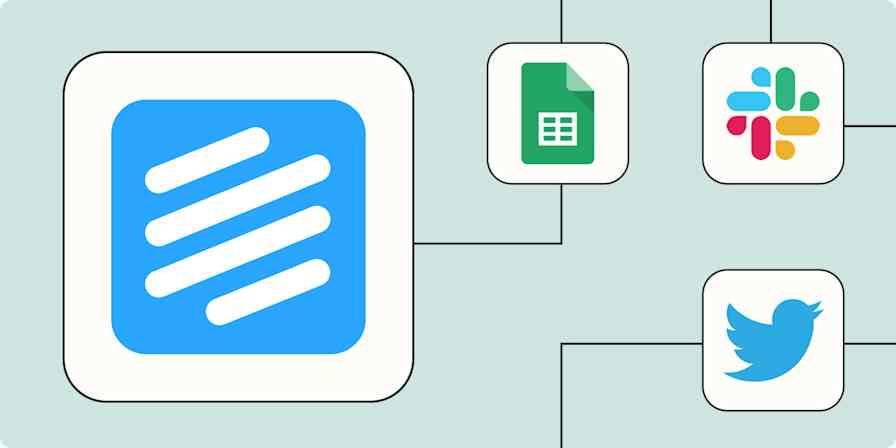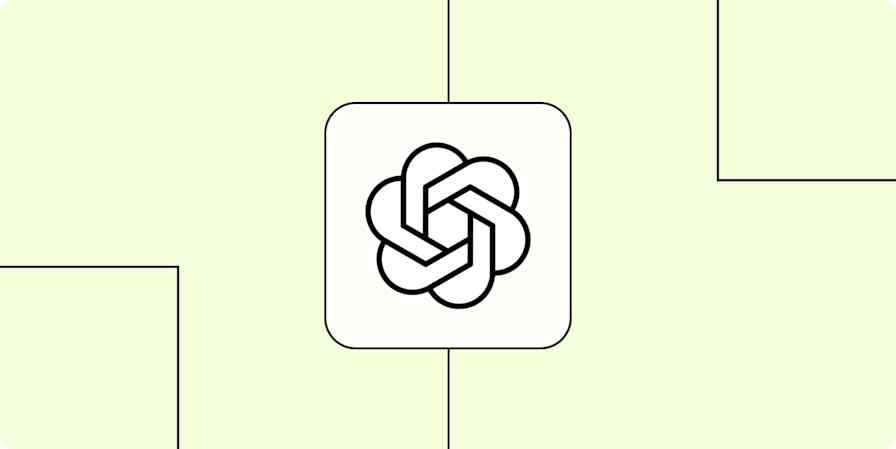App tutorials
3 min readHow to Create an Issue in Jira
Create issues, add issue types, create subtasks, and customize issue fields in Jira
By Jessica Greene · February 26, 2019

Get productivity tips delivered straight to your inbox
We’ll email you 1-3 times per week—and never share your information.
mentioned apps
Related articles
Improve your productivity automatically. Use Zapier to get your apps working together.








